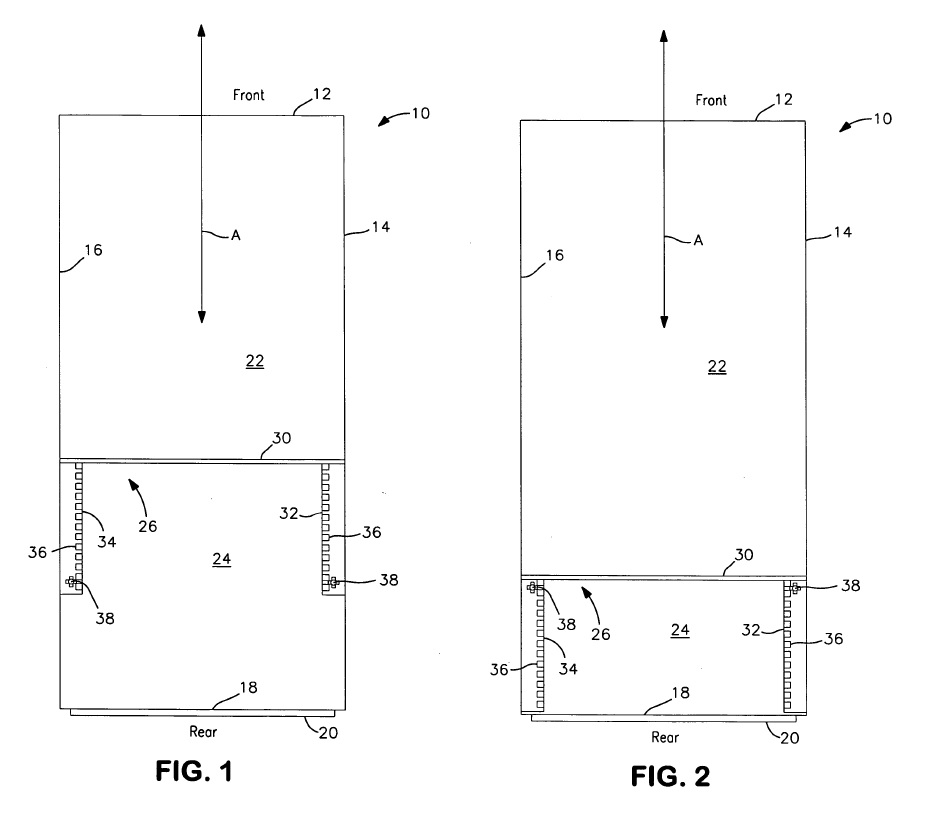In Telefonaktiebolaget LM Ericsson v. TCL Corp., [2017-2381, 2017-2385] (November 7, 2019) the Federal Circuit affirmed the Board’s decision that the specified publication is an available reference, and based on this publication in combination with other prior art it affirmed the Board’s decision of invalidity of the challenged claims.
Ericsson argued that the Jentschel article is not prior art because it was not publicly available more than one year before Ericsson’s earliest asserted filing date, and thus is subject to antedating by Ericsson’s invention date. During the trial TCL sought to provide evidence of the date of availability of this journal issue in university libraries in Germany.
TCL first submitted to the PTAB a letter from a librarian from the “Periodicals Team” at the Technische Informationsbibliothek and Universitätsbibliothek in Hannover, Germany. Ericsson objected to the letter as inadmissible hearsay, and the statement was withdrawn when the librarian declined to provide a sworn statement and declined to testify in the United States. TCL then moved to submit the sworn Declaration of Doris Michel, a librarian at the Technische Universität Darmstadt in Germany. Ericsson again objected, stating that the submission was not in compliance with the Board’s Rules, which required a petitioner to present sufficient evidence, at the petition stage, and requires that a party who seeks to submit new or supplemental information more than one month after the date an IPR is instituted must show why the supplemental information rea-sonably could not have been obtained earlier, and that consideration of the supplemental information would be in the interests-of-justice.
TCL responds that Regulation § 42.123(b) gives the Board discretion to accept a tardy submission and to consider the interest of justice. TCL argues that the Jentschel article is very close prior art and that Ericsson was allowed to file supplemental briefing and to depose Ms. Michel.
The Federal Circuit concluded that the Board did not abuse its discretion in admitting the Michel Declaration, for when the challenged evidence is reasonably viewed as material, and the opponent has adequate opportunity to respond and to produce contrary evidence, the interest of justice weighs on the side of admitting the evidence.
Ericsson argues that the date of availability to the public of the Jentschel reference was not established by the Michel Declaration, even if that Declaration were deemed admissible. The Federal Circuit explained that a reference is deemed publicly available if it has been disseminated or otherwise made available to the extent that persons interested and ordinarily skilled in the subject matter or art, exercising reasonable diligence, can locate it. The Federal Circuit noted that Ericsson provided no evidence to counter the Michel Declaration, the date on the face of the journal, and the Library’s records showing receipt of the journal and its shelving. The Federal Circuit found that substantial evidence supports the Board’s ruling that Jentschel was accessible to the public in the May/June 1996 period, and that the Board did not abuse its discretion in receiving the Jentschel article as a reference.
The Federal Circuit further concluded that substantial evidence supports the Board’s finding that Jentschel renders obvious the claims.


